Ukraine has been highly successful at countering Russian artillery. Any gun firing can be spotted by counter-artillery radar, like the U.S. -made AN/TPQ-36 Firefinder, which tracks shells in flight and calculates their source. New Ukrainian-made acoustic detectors which recently went into mass production are likely to figure increasingly.
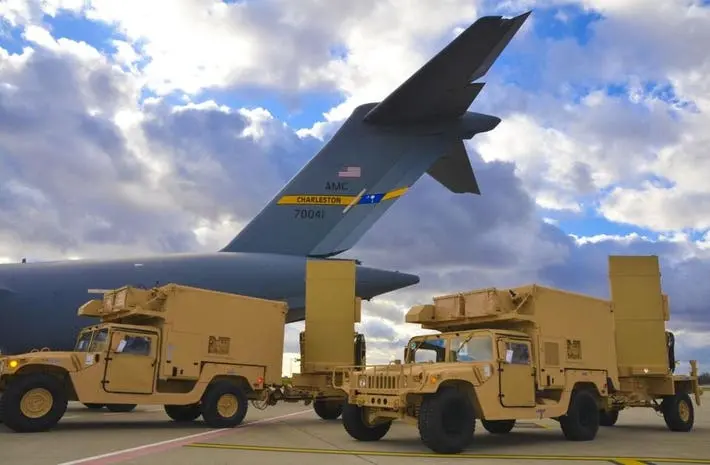
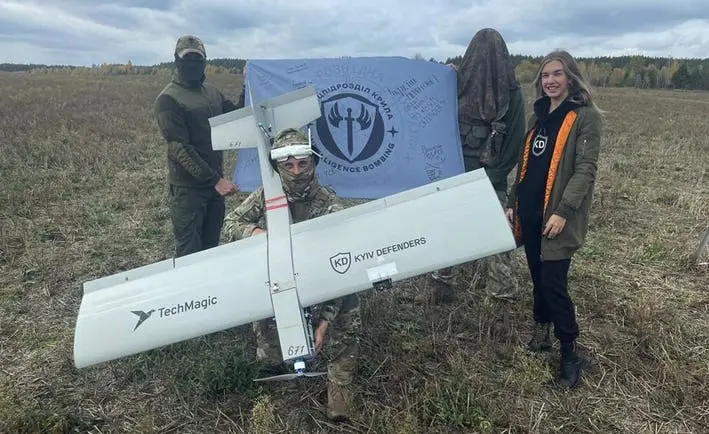
...
Surprisingly, drones are preferred because they are faster. It is highly counter-intuitive that 100 mph drone will reach a target quicker than a 700-mph artillery shell, but what counts is how long it takes to hit the target.
“With FPV drones, even though the flight time can be minutes depending on the distance, the first strike often hits,” Michael explains. “With artillery it often takes several rounds to hit the target, especially in dynamic conditions.”
Like Ukraine, Russia has been ramping up FPV production at pace, and plans to build 2 million in 2025, compared to 3 million artillery shells. At this rate, both countries will soon be fielding more FPVs than artillery shells.
Russia’s artillery is rapidly being eroded as the thousands of guns in storage are put into service and destroyed. When it is gone, the days of massed firepower will have passed. But the era of massed precision drone strikes will just be beginning.
I actually think this is a very incorrect conclusion, it reminds me of how US media would talk up the threat of guerilla resistance fighters in Afghanistan and Iraq and while there is definitely truth to it (and those fighters were certainly to be respected in their effectiveness), the reality is that the reason you fight a guerilla resistance is because you cannot fight a traditional war, and the reason you use cheap drones to do long range strikes is because you cannot protect any of your actual artillery well enough to use it in a threatening manner.
See this article as a counterpoint to this narrative.
https://warontherocks.com/2025/06/i-fought-in-ukraine-and-heres-why-fpv-drones-kind-of-suck/
All that said, if a member of a NATO military were hypothetically to ask me whether NATO countries should acquire first-person view drone capabilities, based on my experience and given the current state of the technology, I would probably say no, whether they are radio-controlled or fiber-optic. The vast majority of first-person view drone missions can be completed more cheaply, effectively, or reliably by other assets. Furthermore, other authors have noted that drones still do not come close to matching the effects that can be achieved by massed artillery fires. Additionally, experts on artillery systems consistently note the greater reliability and range of artillery.
Also see this article in Small Wars Journal
https://smallwarsjournal.com/2025/05/05/beyond-the-hype-why-drones-cannot-replace-artillery/
Drones are a valuable addition to the modern battlefield, but they are tools, not harbingers of a revolution in military affairs. The lessons from Ukraine demonstrate that UAVs can augment and expand traditional fires, particularly in situations characterized by shortages and static fighting. However, they cannot and should not be viewed as substitutes for the artillery and rocket forces that are fundamental to operational maneuver and ultimate victory in large-scale warfare. The future of fires lies not in replacing proven capabilities with unproven technologies, but in integrating them to create a more versatile, resilient, and effective fire support network
Otherwise I think the forbes article makes some good points, but be very skeptical of the claim that artillery is outdated and that Russia could be using it when it isn't. The fact that as the number of Russian artillery systems have plummeted frontline reports still indicate that Russians have maintained a saturation of fire at the front only means Russia has less artillery pieces but values them so much that they are using a smaller number of artillery pieces at a much more unsustainable rate and for some reason (who could ever guess why?!?!) US media wants to spin this into a pro-Russian narrative about the old ways of war being utterly obsolete....
Ask an artillery operator or expert why using one artillery piece to fire many shells is not anywhere as good of a plan as using many artillery pieces to fire less shells at a more leisurely rate. The difference is massive in the lifespan and accuracy of the weapons system.
One can extrapolate the same truth from what informed Ukrainian military experts in this report from February detail.
The above figure must be read in the appropriate context. During extended discussions with Ukrainian officers on multiple axes and from multiple brigades – two of which had an exceptionally high rates of efficiency with FPVs – the officers repeatedly reiterated that they needed artillery. They emphasised that UAVs alone were inadequate and that they were most effective when used in combination with artillery.
For example, artillery was effective at suppressing or displacing EW and air defences or suppressing infantry protecting key targets from bomber UAVs. Artillery was also able to defend the front in poor weather and was generally more responsive. Combined UAV and artillery operations often maximised the destruction achieved with, for example, an FPV immobilising a vehicle and artillery killing dismounts as they emerged. To give an example of the difference, a fires officer described the hours it had taken to plan and eventually immobilise a tank using FPVs, compared with an engagement where a platoon of Russian tanks were manoeuvring and, having located them with a drone, he fired five BONUS shells at them, knocking out all three tanks within two minutes.
https://en.m.wikipedia.org/wiki/Bofors/Nexter_Bonus
https://militarnyi.com/en/news/ukrainian-troops-destroyed-the-t-90m-with-a-bonus-round/
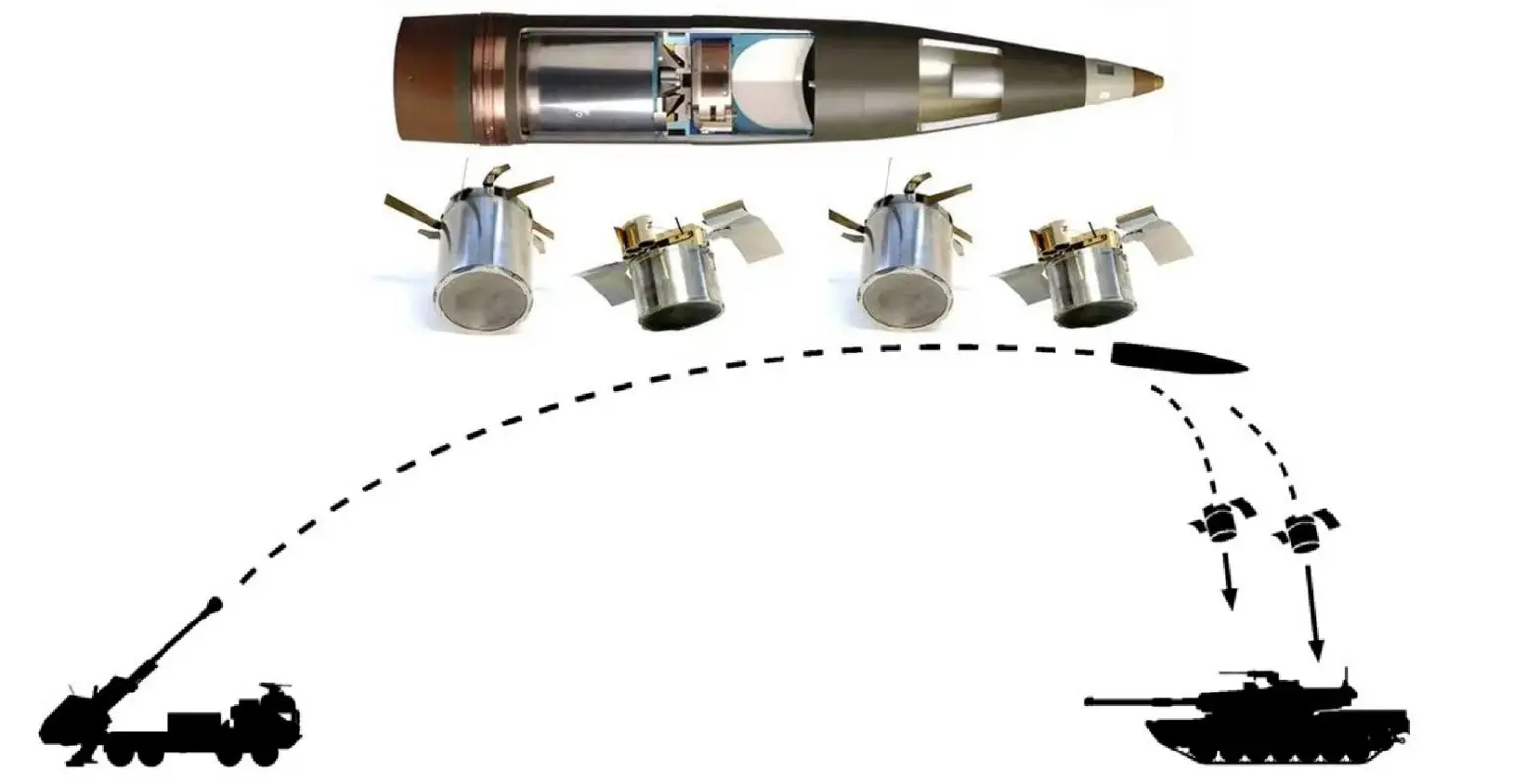
The pervasiveness of the threat of FPVs, however, which can hunt while their crews are relatively safe, makes them a persistent cause of attrition. Ukrainian commanders would like to inflict casualties on Russian forces from approximately 15 km from their defence lines, with the persistent threat of FPVs forcing the Russians to move quickly rather than deliberately and therefore making them more susceptible to canalisation from artillery- or drone-deployed mines, and thereafter broken up with artillery.
Although these combined strikes are most effective, Ukrainian officers noted that they were rarely able to bring about this layered effect because of a scarcity of artillery. One of the main reasons for such a high proportion of kills being caused by FPVs is the relative lack of artillery in Ukrainian units. A brigade responsible for defending 18 km of front noted that it had four working howitzers. 152mm- and 122mm-howitzer rounds are in very short supply. Although 155mm shells are available in considerably greater volume than earlier in the conflict, artillery officers noted that they had few guns and limited spares. They also often had shells, but few accompanying charges. It may be that ammunition and spares are being stockpiled to hedge against the risk of disruption of supply during the forthcoming political manoeuvring over negotiations, as higher formations appeared more comfortable with their level of supply.
For the brigades, while shells were available, charge bags were far scarcer, so that few guns were equipped for engaging at long range. Units also almost exclusively had access to high-explosive shells and some artillery-deployed mines, with very occasional access to dual-purpose improved conventional munitions (DPICM), and almost no availability of BONUS shells or other specialised ammunition. The ability to fire proper groupings of shells was also inhibited by the fact that units were receiving propellent charges sourced from a wide range of countries, which varied considerably in composition and quality, and thus in accuracy.
While updates to the Kropyva fire control application used by the AFU can include preloaded adjustments to account for common national variants, the persistent challenges introduce inefficiency into the provision of fire support and exemplify the second-order effects of piecemeal and uncoordinated industrial support. Taken together, these mean that artillery is currently significantly underperforming, even when it is available.
...
First, the need to expand production of explosive energetics and shells remains. Ukrainian officials report that they received approximately 1.6 million 155 mm shells in 2023 and 1.5 million in 2024. As the availability and quality of shells on the international market decreases, more will need to come from production lines. Investment must be sustained in Europe to expand industrial capacity in this area. But Ukraine’s ammunition availability is not relevant if it does not have serviceable artillery pieces. It is therefore also critical that industrial efforts in Europe are rationalised to ensure a supply of replacement barrels and other spare parts for donated fleets, and that the number of howitzers provided to the AFU is increased.
In regards to fires, this should be done alongside the financing and increased scaling of UAV production, as the two capabilities are complementary. Both areas will be critical to European defence, so investing in this industrial capacity is a win-win for European security. Mechanisation is also critical to battlefield survivability.
Infantry fighting vehicles and lighter tanks are disproportionately valuable for the mobile reinforcement of sectors under pressure in the defence. APCs, meanwhile, are indispensable for logistics, medical support, troop rotation and offensive action. The number of vehicles required means that while modern infantry fighting vehicles are a significant combat multiplier, they are also overly expensive and complex for a large proportion of the tasks for which APCs are equally capable and much more affordable. Ukraine’s international partners should therefore prioritise the continued mechanisation of Ukrainian units with both IFVs and APCs. The priority for both is serviceability.
the end of mass fire artillery can be seen exploding in these pictures (most of the hot gas goes out the muzzle breaks on either side)
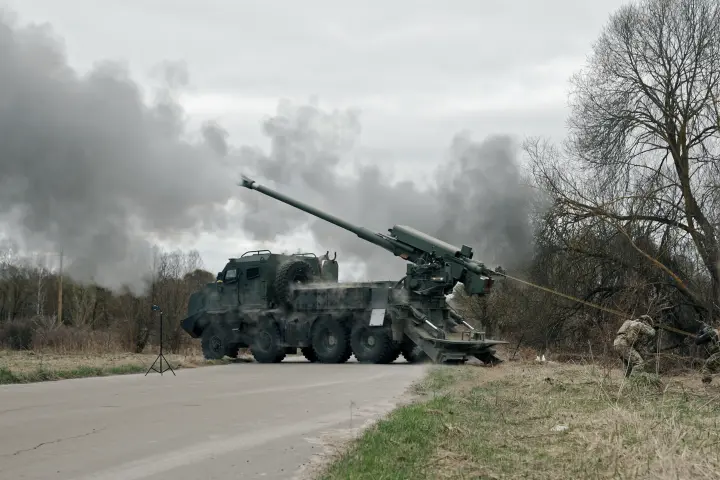
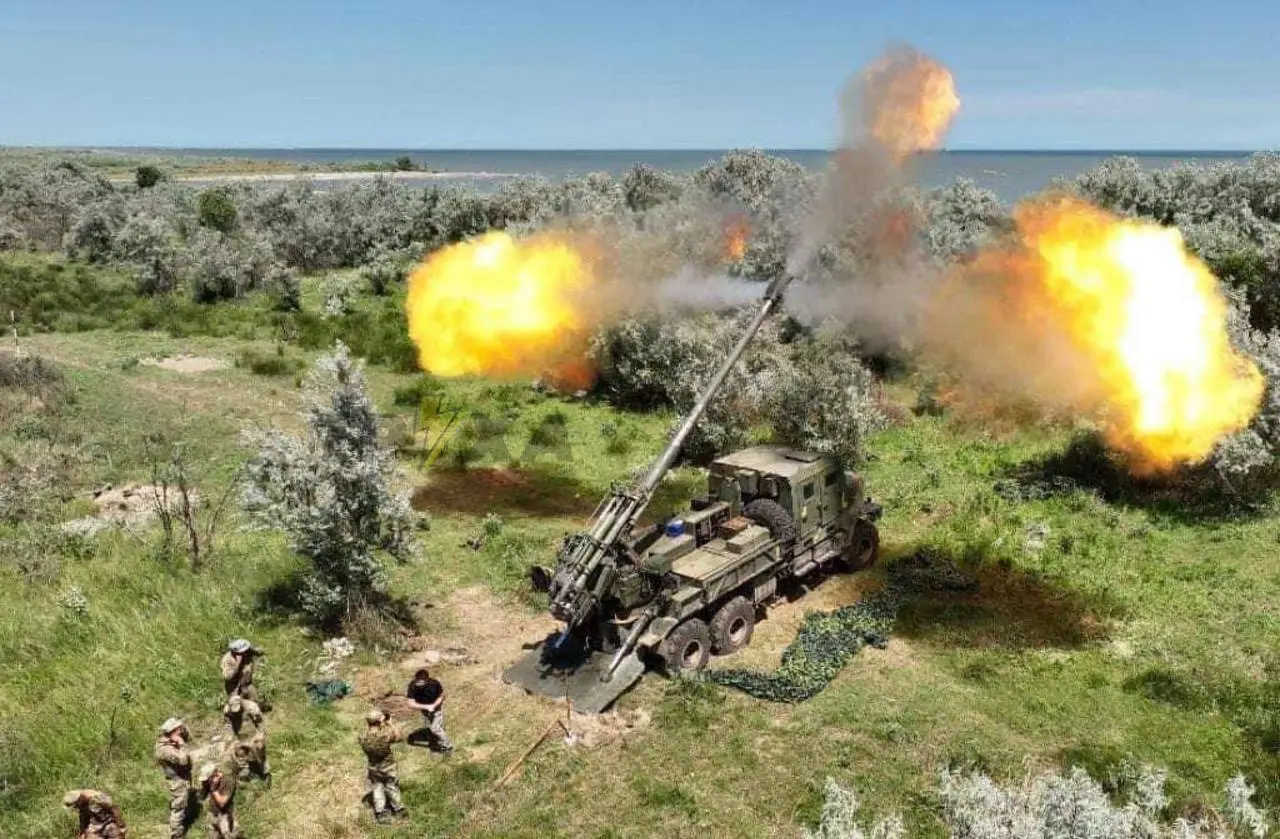
As Richard M. Swain points out in his excellent history of the Third Army during the Persian Gulf War, theorists, historians, and commentators frequently align themselves in one of two camps of explanation. Swain calls them the romantic school and the realist school. Romantics believe that maneuver can be so adroit that a discerning enemy will admit defeat at the hands of an operational master and will surrender to the brilliance of the enemy’s operational art. The realist school—occupied primarily by practitioners, especially those of an artillery heritage—believe that the end result of military operations is death from indirect fire. The more you shoot, the less damage the enemy can do. Victory happens not through psychoshock or silk scarves in the air but from 155 mm and larger artillery fires.
...
In chapter 4, J. David Pressley II, a history graduate student from the University of North Texas, analyzes the German utilization of combined arms operations at Riga and the Baltic islands in the final months of the eastern front during World War I. He discusses several tactical and operational innovations witnessed during these German attacks, which were promulgated into official German doctrine and quickly transferred to the Italian and western fronts. This return of movement to the battlefield was actually based primarily on overwhelming firepower—indirect and direct fire—at the point of penetration, not on some romantic notion of adroit operational art, mystical psychoshock of the enemy command-and-control systems, or getting inside his OODA (observe, orient, decide, and act) loop. Today’s doctrine writers, senior leaders, and those who would become senior commanders and staff officers would do well to read this chapter, especially if they believe they have found the magic keys to the kingdom in some new technology.
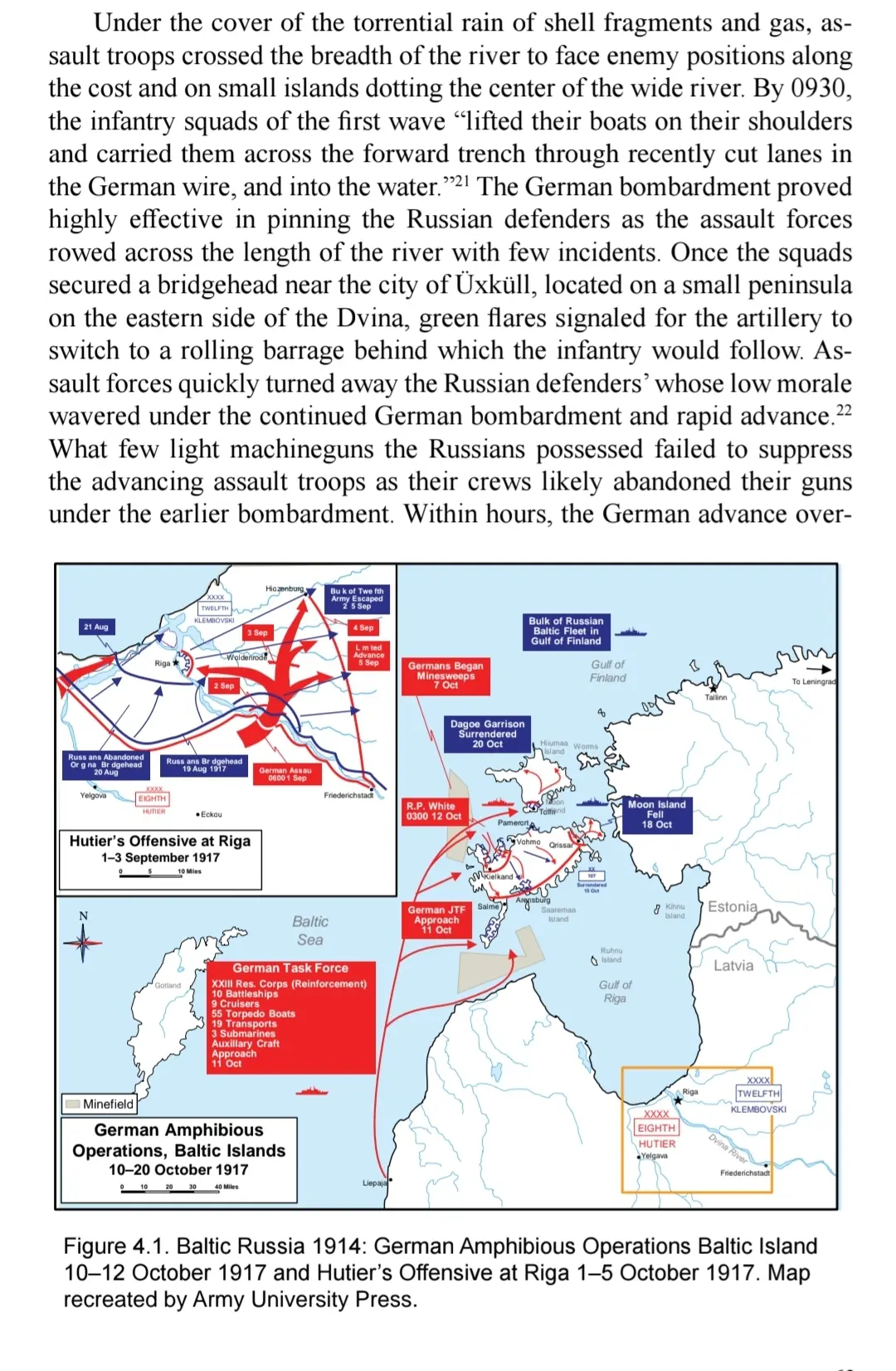
https://kyivindependent.com/video/?slug=ukraines-artillery-braces-for-shell-shortage-as-us-halts-aid

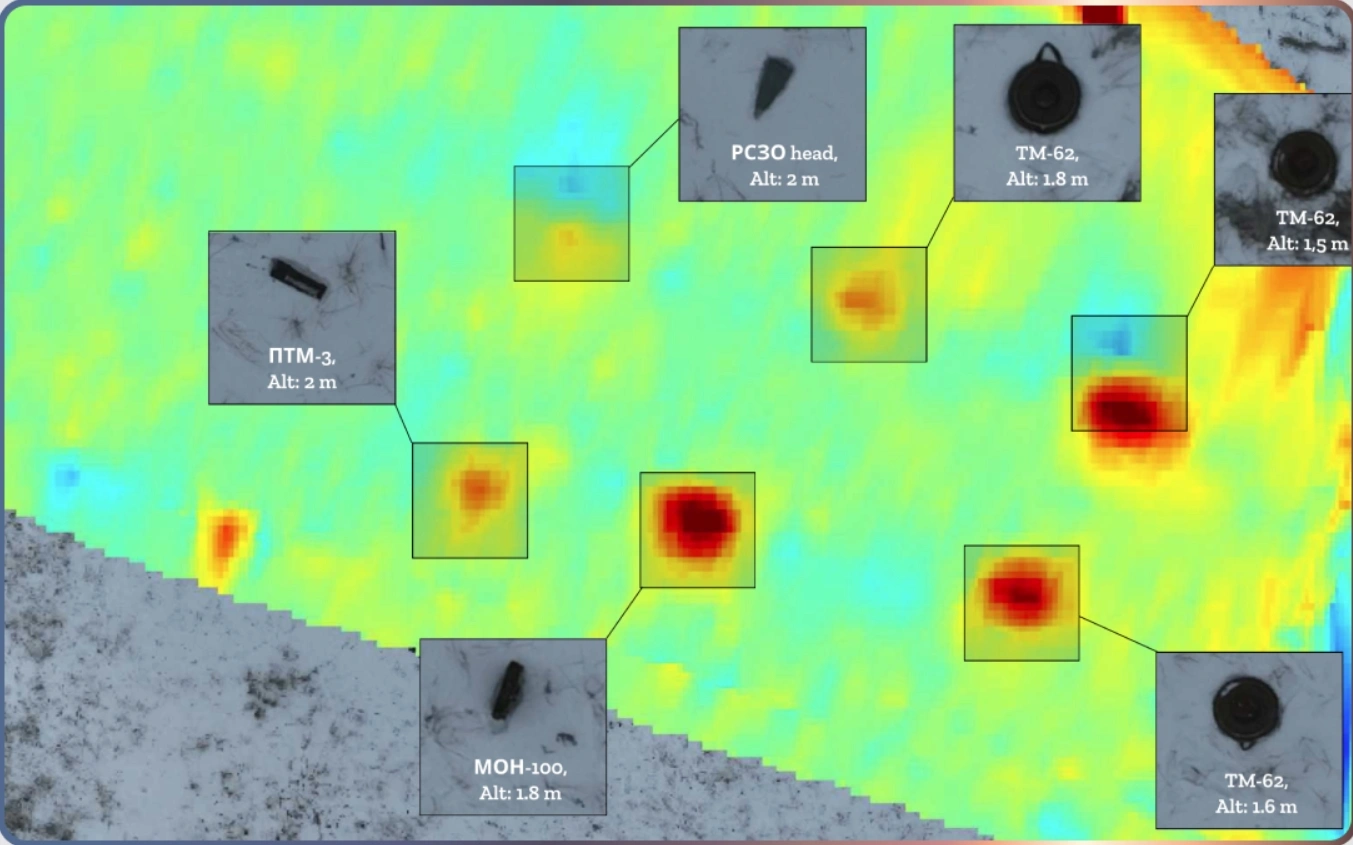
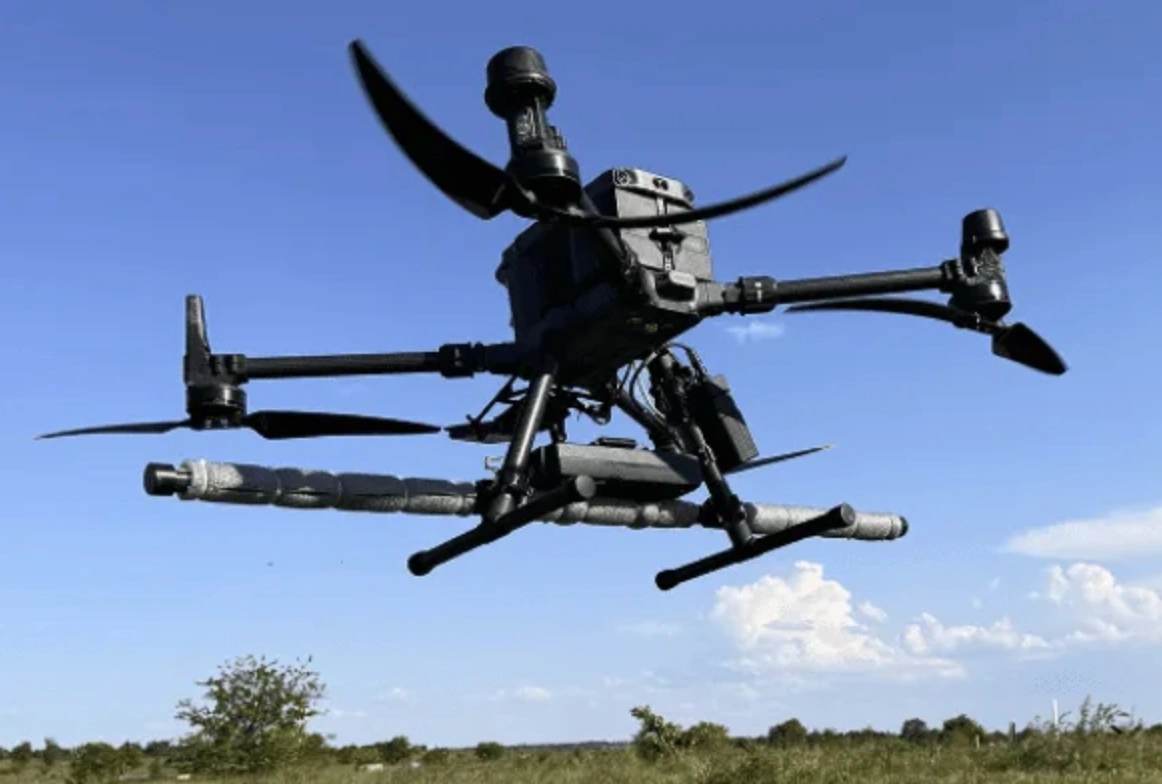
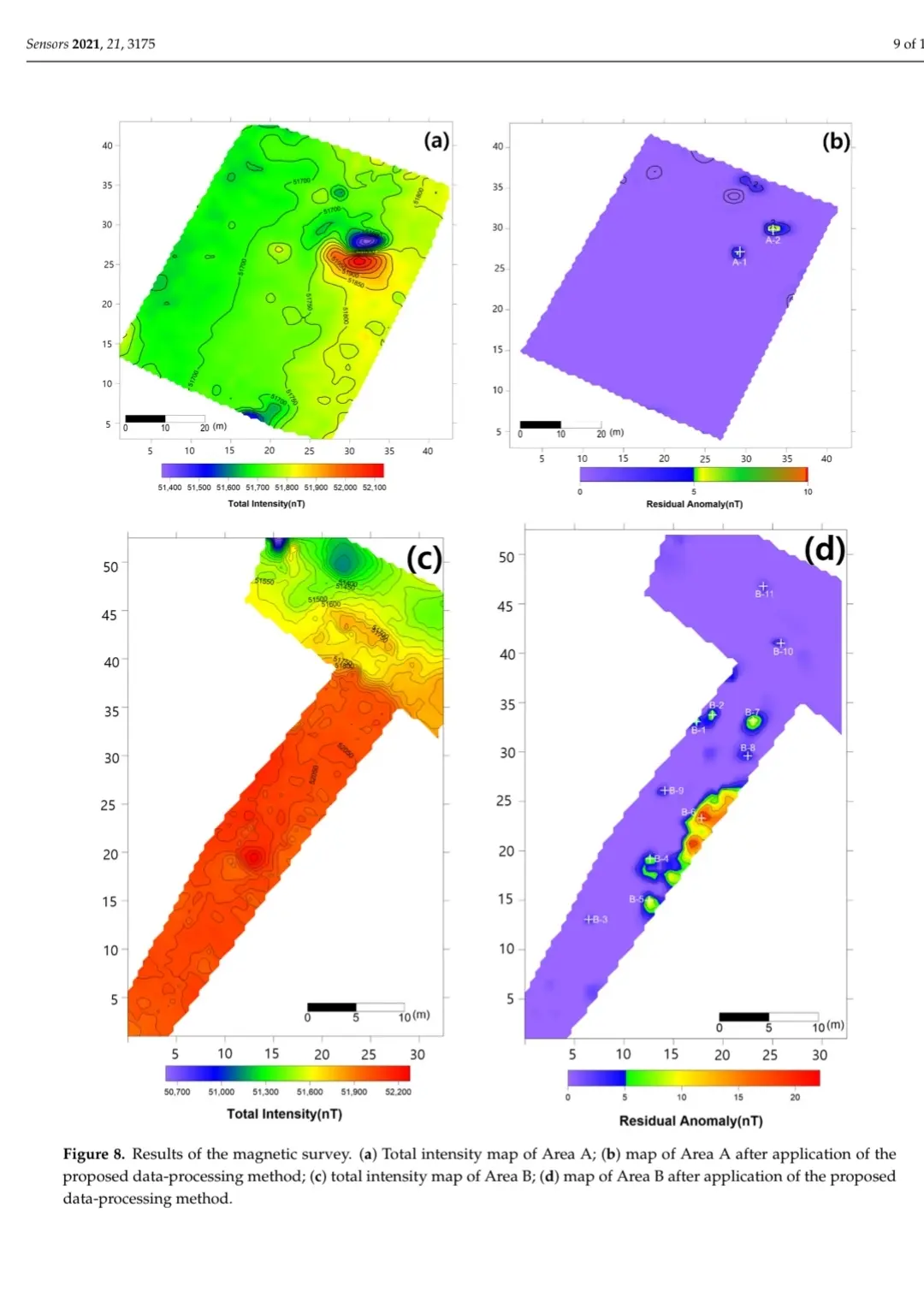
boss > yeah I know we got bombed monday and wednesday but you are still scheduled thursday friday
worker > is there a factory floor me to work on
boss > don't worry about the details
worker > wait can't they just bomb the same factory the same way again?
boss > what did I just tell you
the Russian War Machine right now